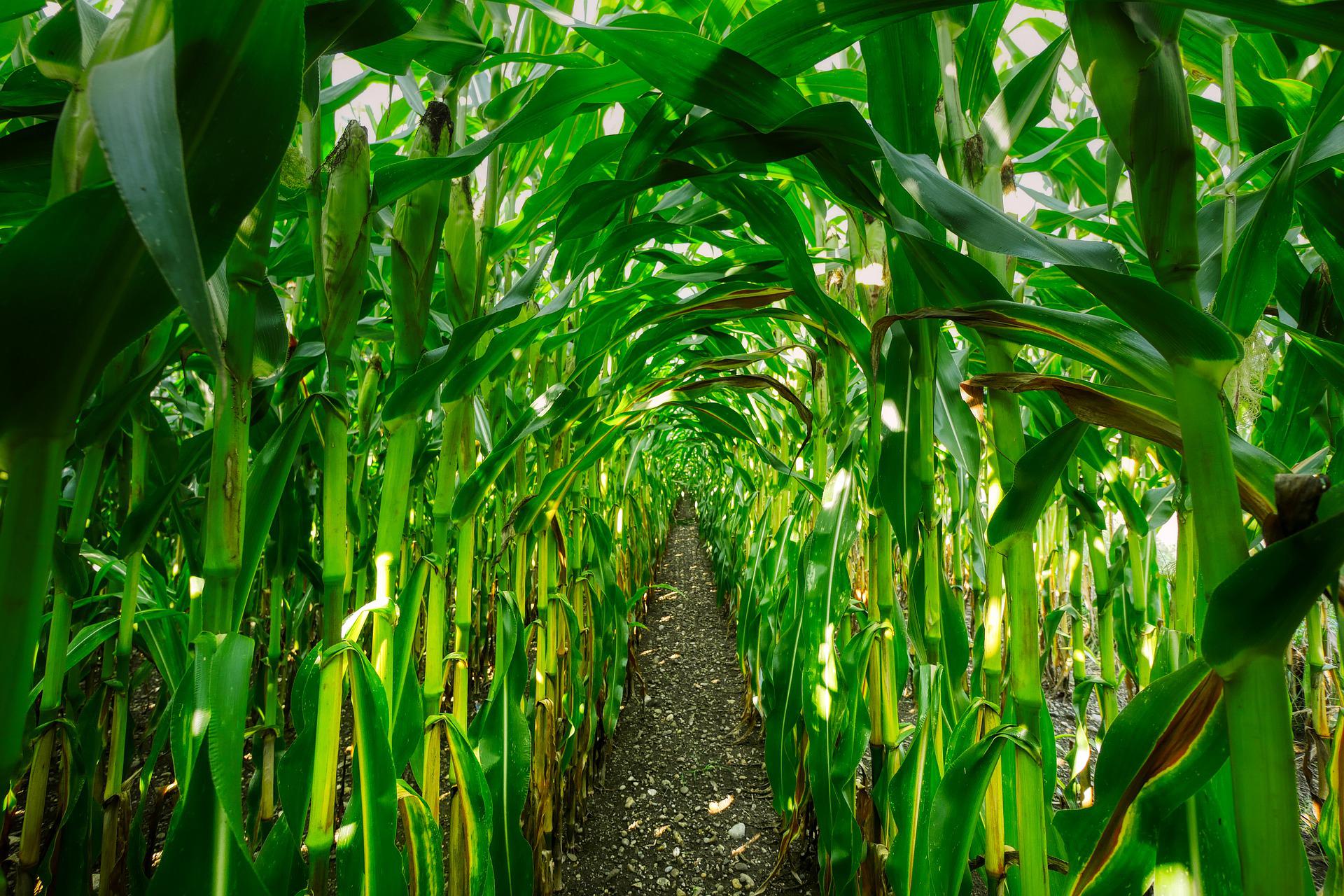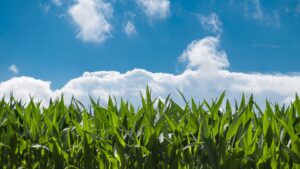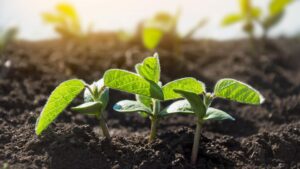Though corn acreage was down this year, high input costs seem to be the culprit.
In July, the USDA National Agricultural Statistics Service (NASS) followed up on the USDA Prospective Plantings report released in March to survey fields after seeding was finished and summer was underway.
This year, one of the findings was different than normal for the U.S. — after surveying around 9,100 segments of land and 64,000 farm operators during June, NASS estimated 89.9 million acres of corn was planted in the U.S. while 88.3 million acres of soybeans were planted. In terms of percentages, that means there was 4% less corn planted in 2022 than 2021, and 1% more soybean acres this year.
While corn has always been king of the crop in the U.S., from the reports, it seemed like growers were starting to favor soybeans more in the field. But, one of the caveats with the estimates is failing to see the reasoning behind decisions in the field.
So why was there a downturn in corn this year? Experts believe it was due to corn’s input costs and inflation throughout the year.
“What drove that shift in corn acreage and soybean acreage here in Indiana was almost exclusively economics,” says Bob Nielsen, Purdue University Extension corn specialist and professor of agronomy, noting that grain prices — while exceptional for both corn and soybeans — were slightly more in favor of soybeans this year.
“More importantly, there was a run up in input costs for corn compared to soybeans prior to the beginning of the season,” Nielsen adds. “That led a lot of people to shift more acres into soybeans and fewer to corn as a response to those high inputs.”
According to the Agricultural Marketing Service, fertilizer prices on July 14 were $1,469 per ton for anhydrous ammonia, $983 per ton for diammonium phosphate (DAP), and $862 per ton for potash. Adding to that, according to University of Illinois’s Nitrogen Fertilizer Outlook for 2023 Decisions, the report states all of those prices were increased in comparison to the previous year — anhydrous ammonia prices have increased from $726 per ton on July 15, 2021, an increase of $743 per ton. DAP has increased from $688 per ton, an increase of $295 per ton. Potash has risen from $481 per ton, an increase of $381.
“Nitrogen is roughly twice as high as the previous year, herbicide costs and seed costs were up,” Nielsen says. “Because corn requires quite a few more inputs, particularly on the fertility side than soybeans do, that lead a lot of farmers ahead of the season to go ahead and make that shift.”
Was it a smart decision? Well, it depends on the rainfalls you got, as prices have continued to remain at higher levels.
“The economics of corn at this point probably look a little better than they did prior to the season,” Nielsen says, noting it’s always a gamble looking ahead of the game in terms of economics. “You roll the dice ahead of the season thinking you know how to play the game, and in some cases, too many people roll the dice to move into soybeans, and suddenly corn looks a little bit better.”
It’s important to keep in mind other regions and their corn seasons as well — particularly in South America. Last Nielsen heard, Argentina was facing particularly dry planting conditions, and concern whether or not they’ll get the first crop in.
“Argentina has a two-option strategy for growing corn — they either grow a normal season corn, which is in the process of planting now, or they have increasingly gone to putting in a very late crop of corn that’s planted say more like December or early January as a way to manage their risk of midseason dry conditions,” he says. “That’s what’s going on now because it’s so dry — there may be even more corn put into that second category of delayed, which makes the markets uneasy when they hear about people delaying planting of corn. That’s kept the corn market pretty good here in the States as we go into harvest.”
Though, it still hinges on how yield performs in the U.S. as harvest continues. No matter the decision though, Nielsen’s sure of one thing.
“Corn will remain the king in the U.S.,” he says.
Want to read more? Visit:
Corn Acres Down in 2022, Soybean Acreage Up
As Summer Comes to a Close, Farmers Face Drought and Production Challenges
Manage Nutrients and Maximize Crop Yields with Soil Sampling












